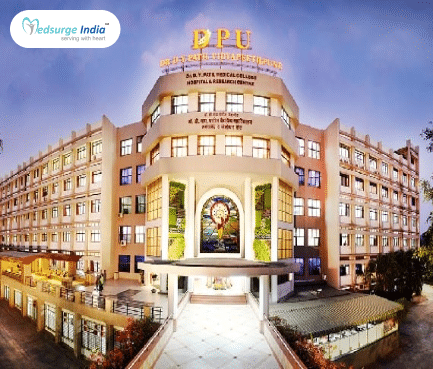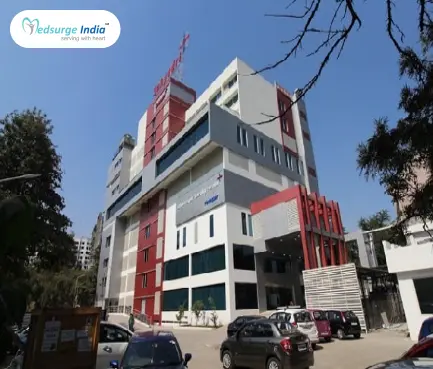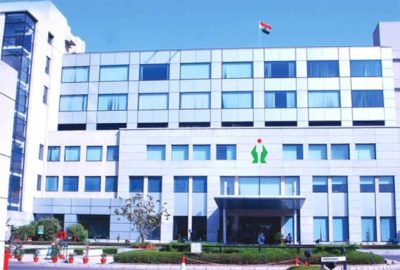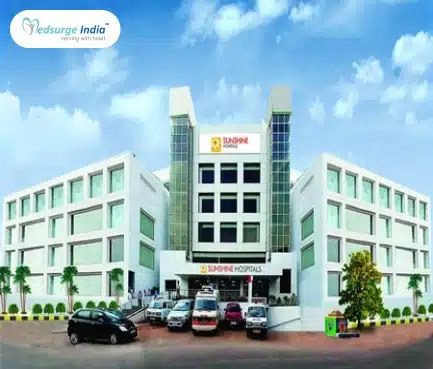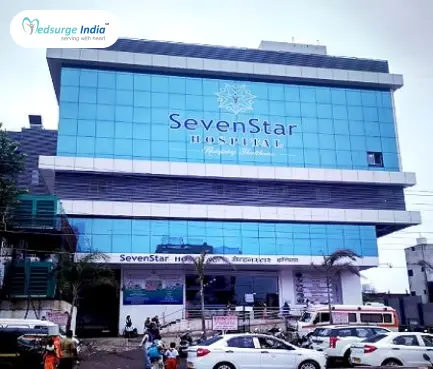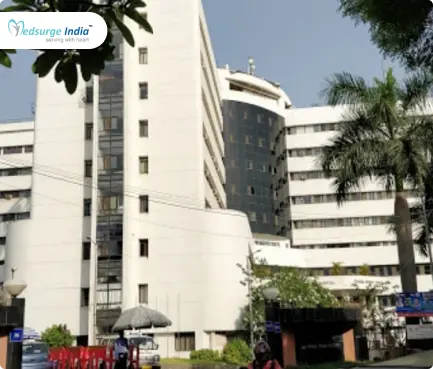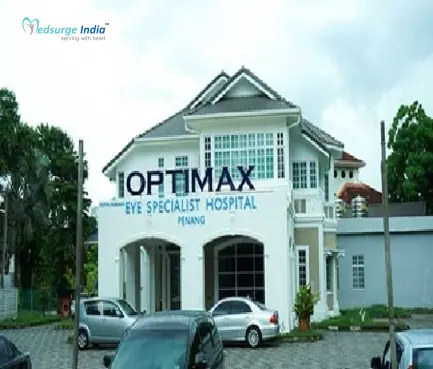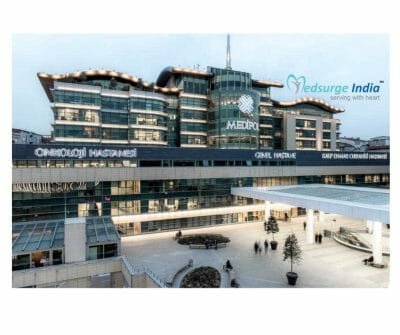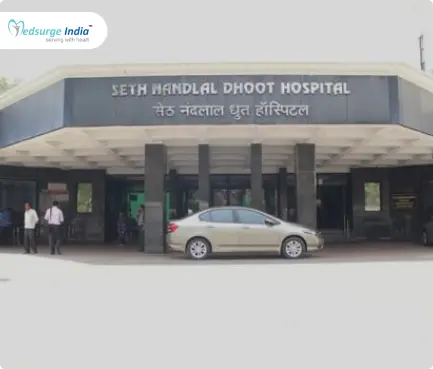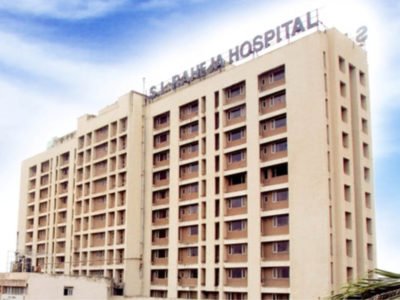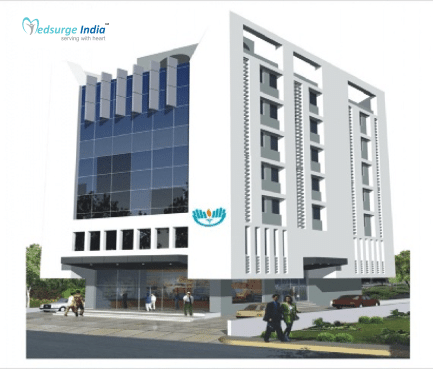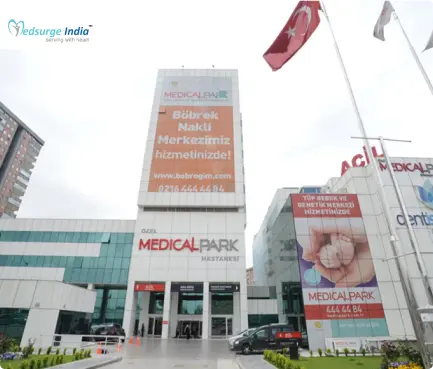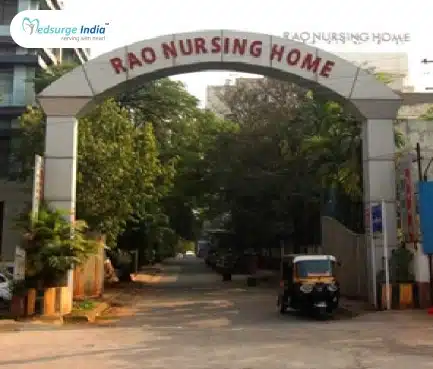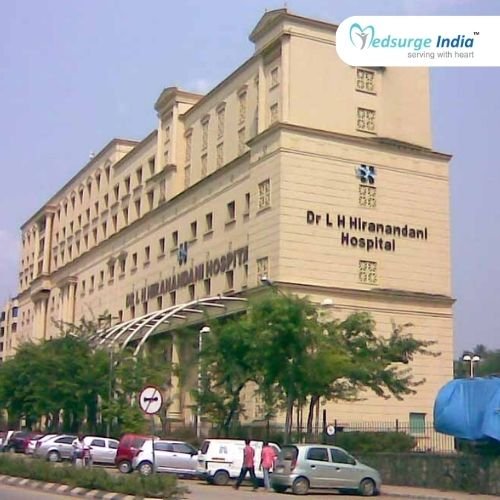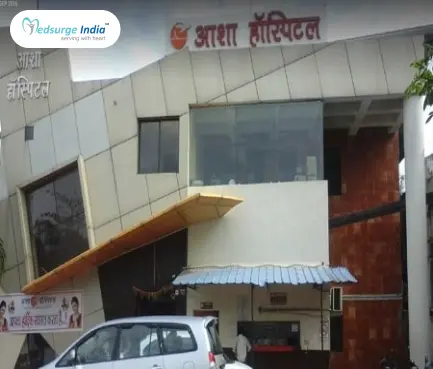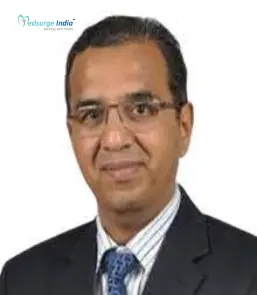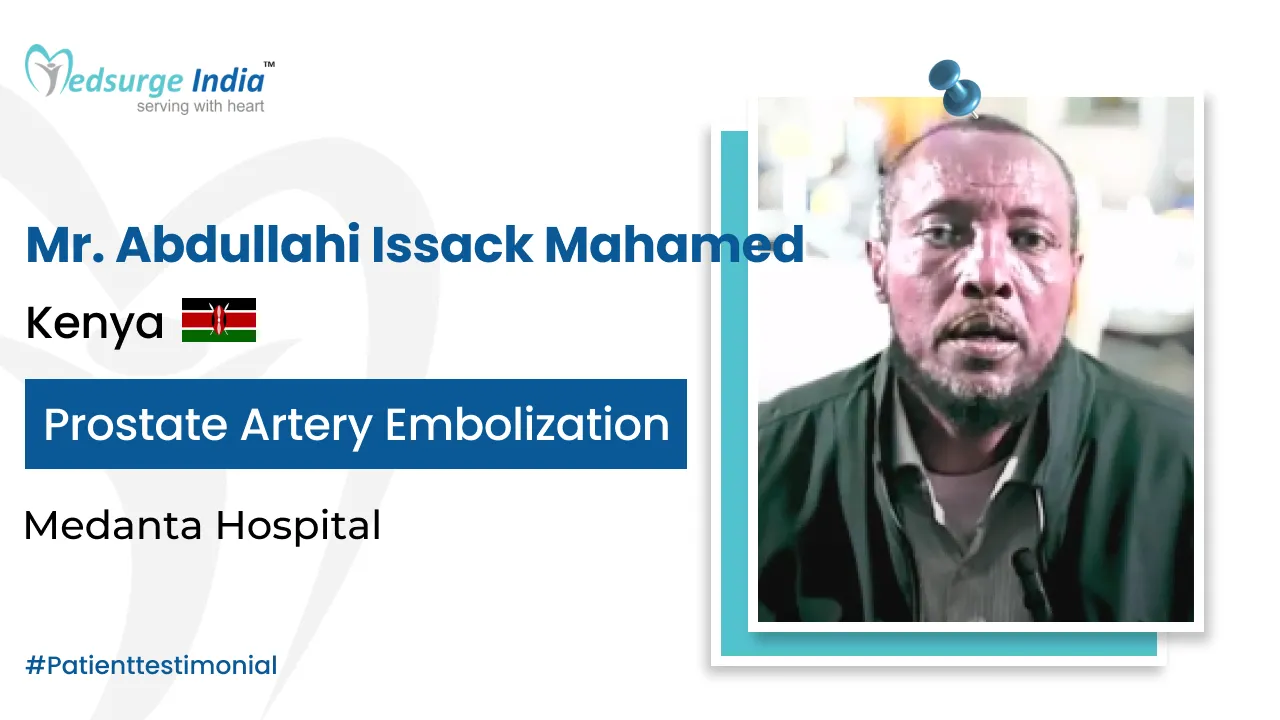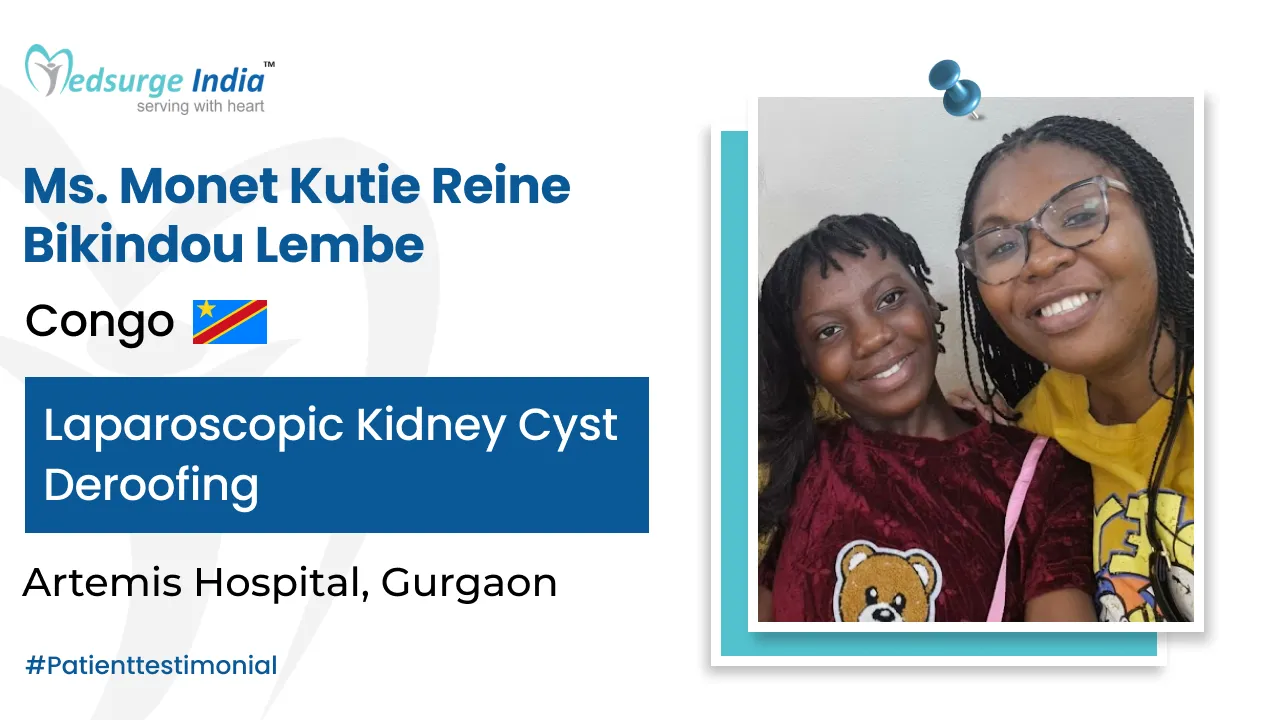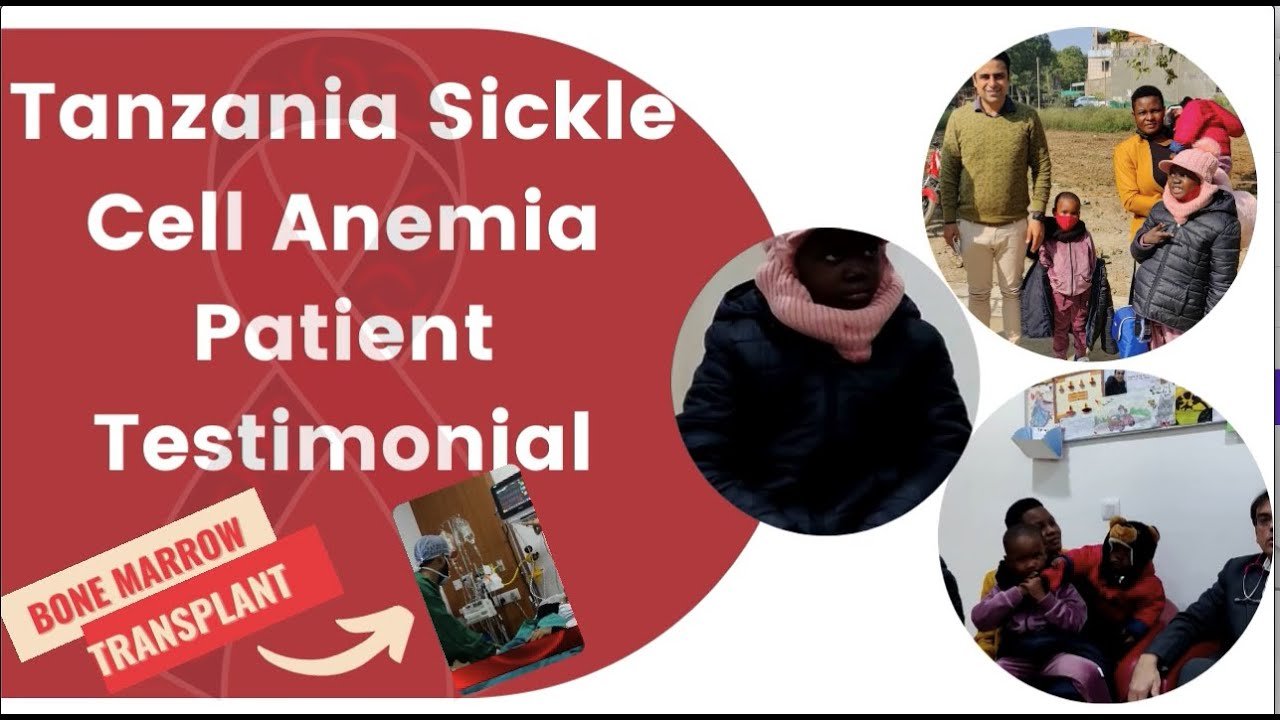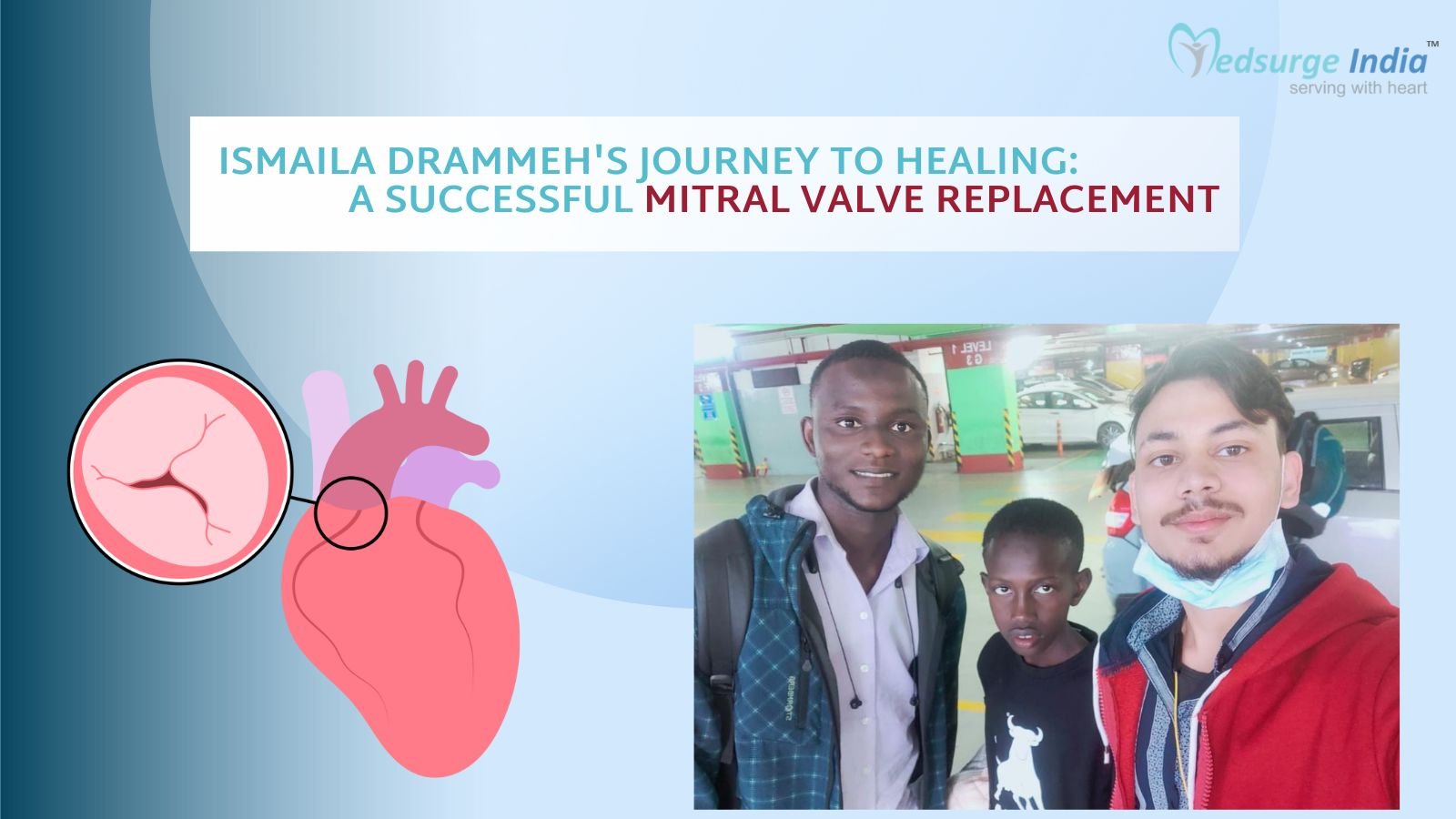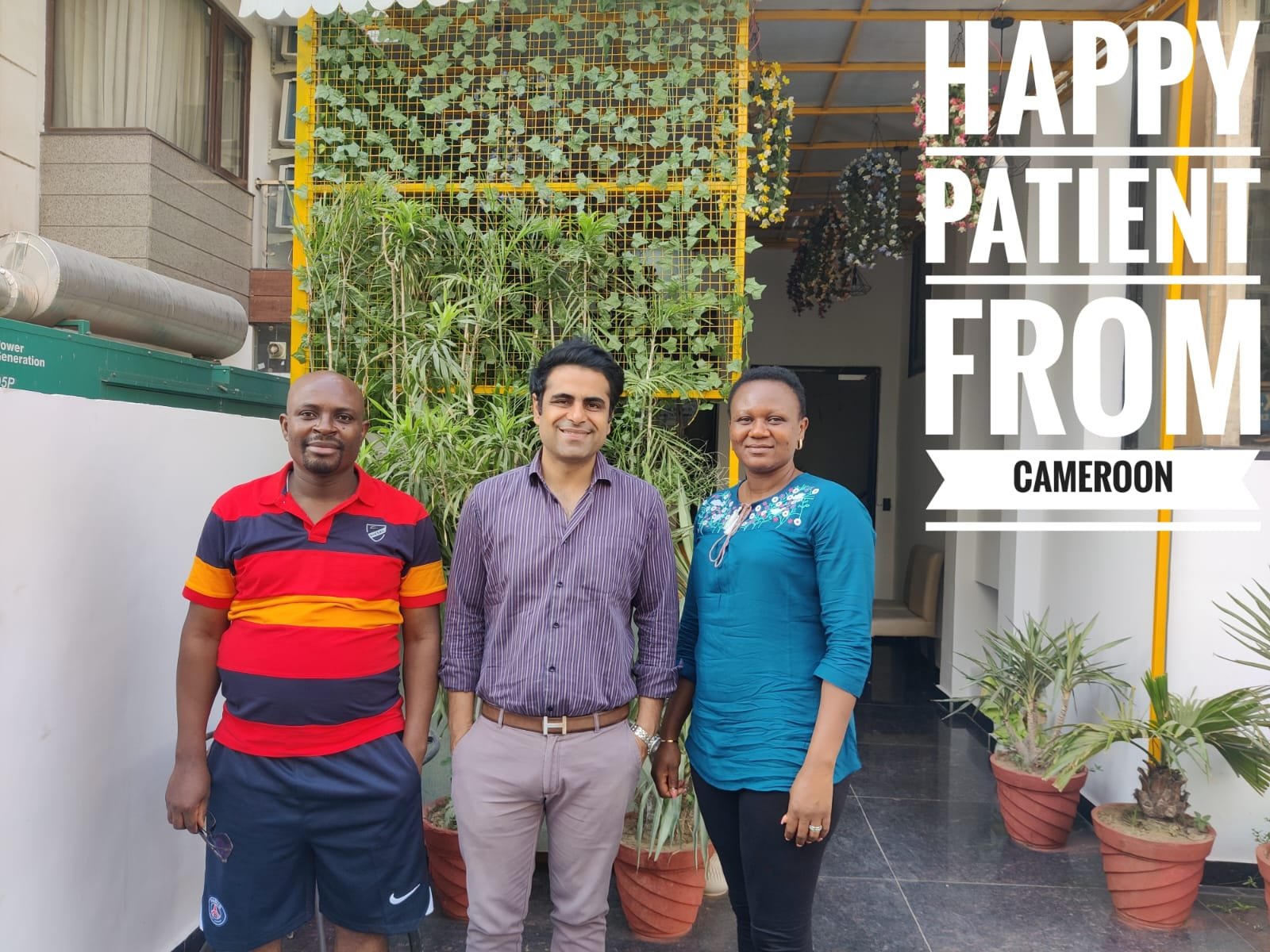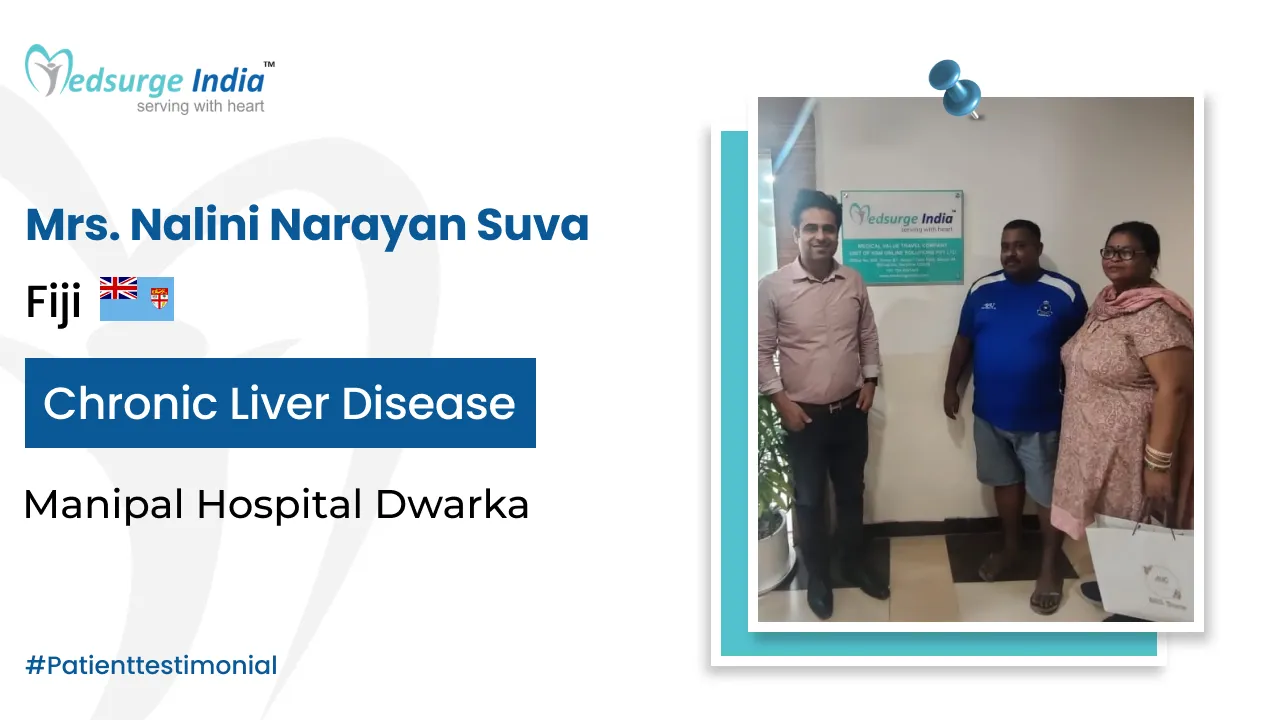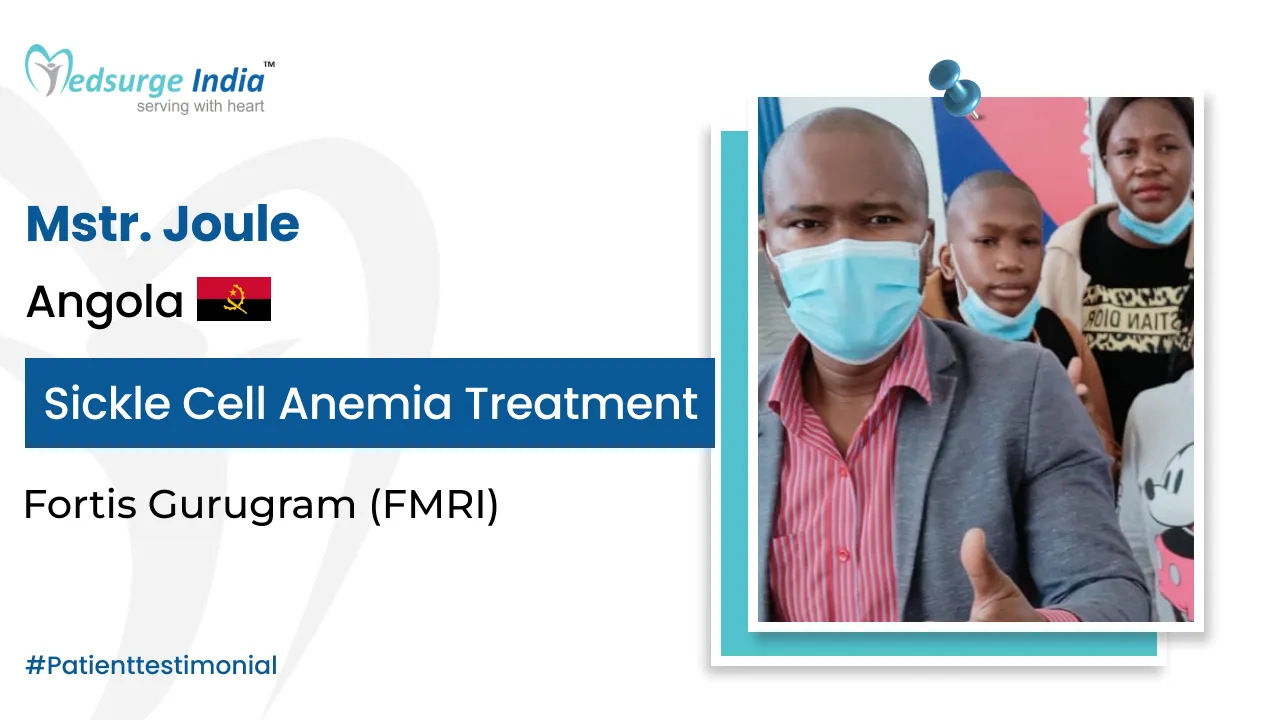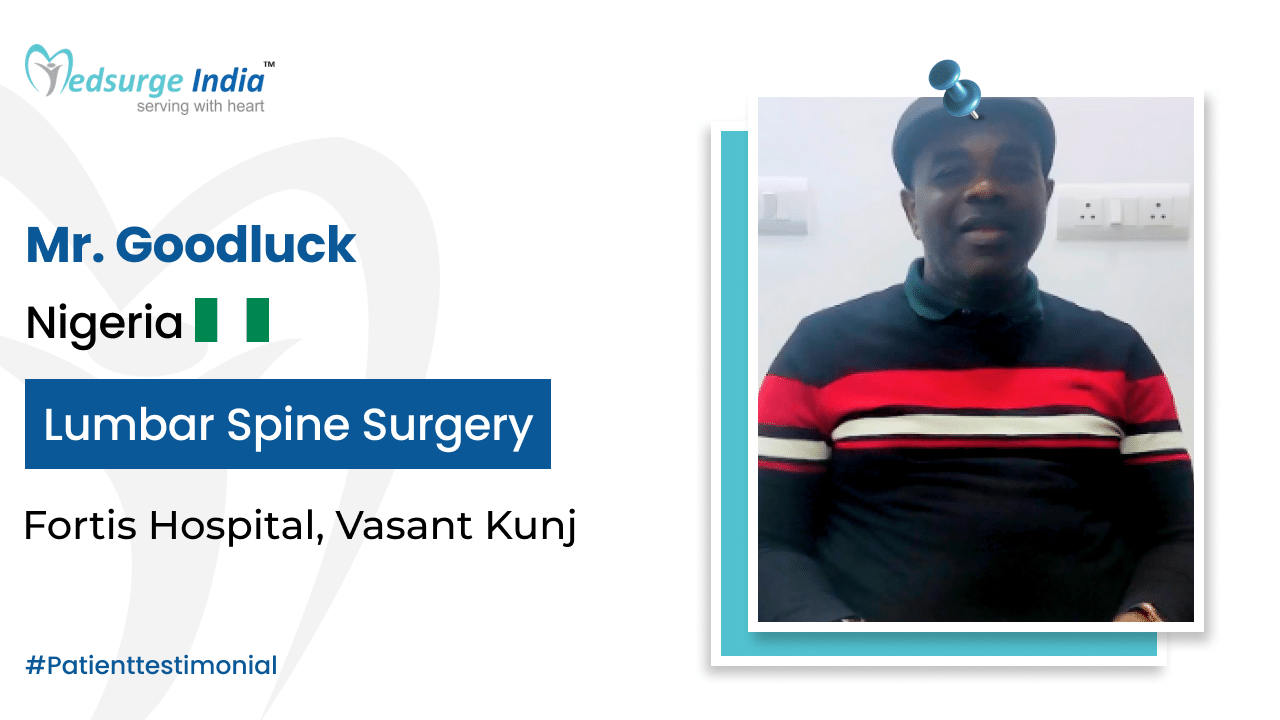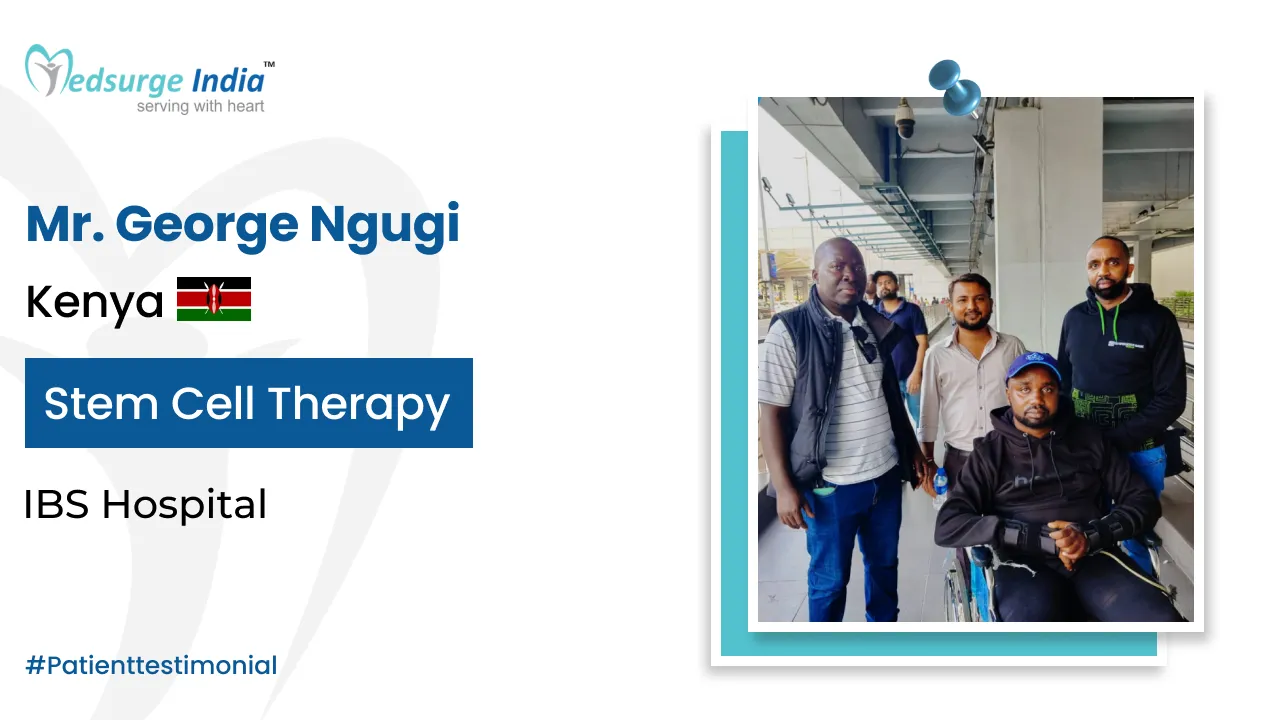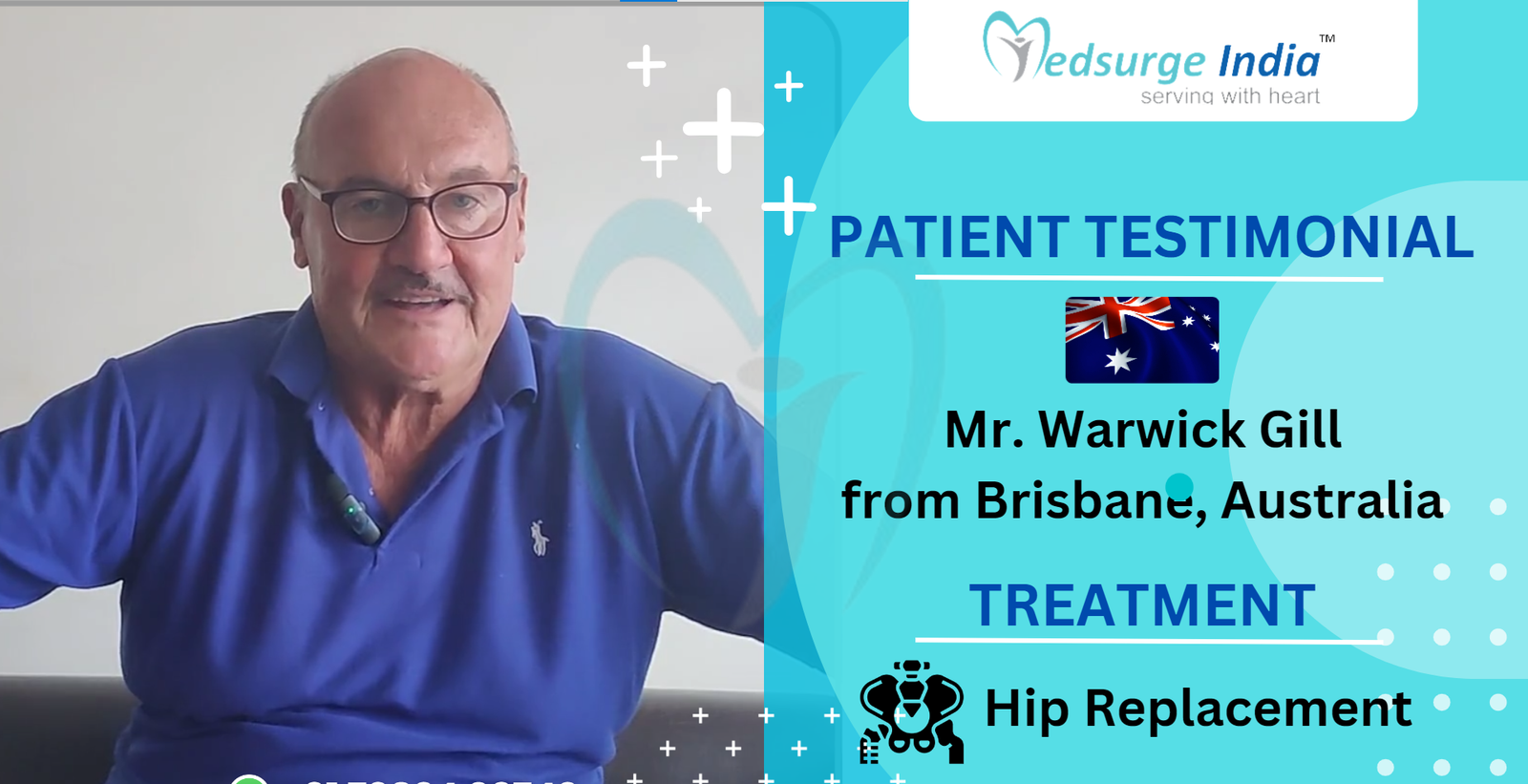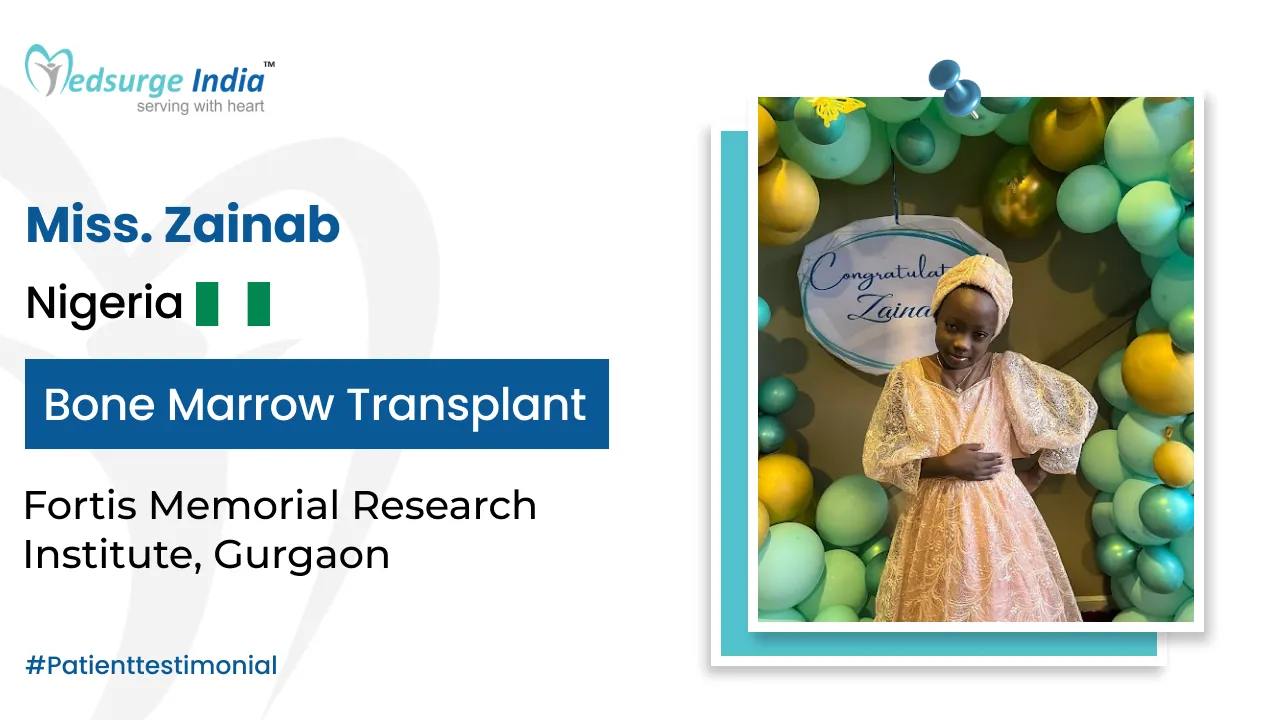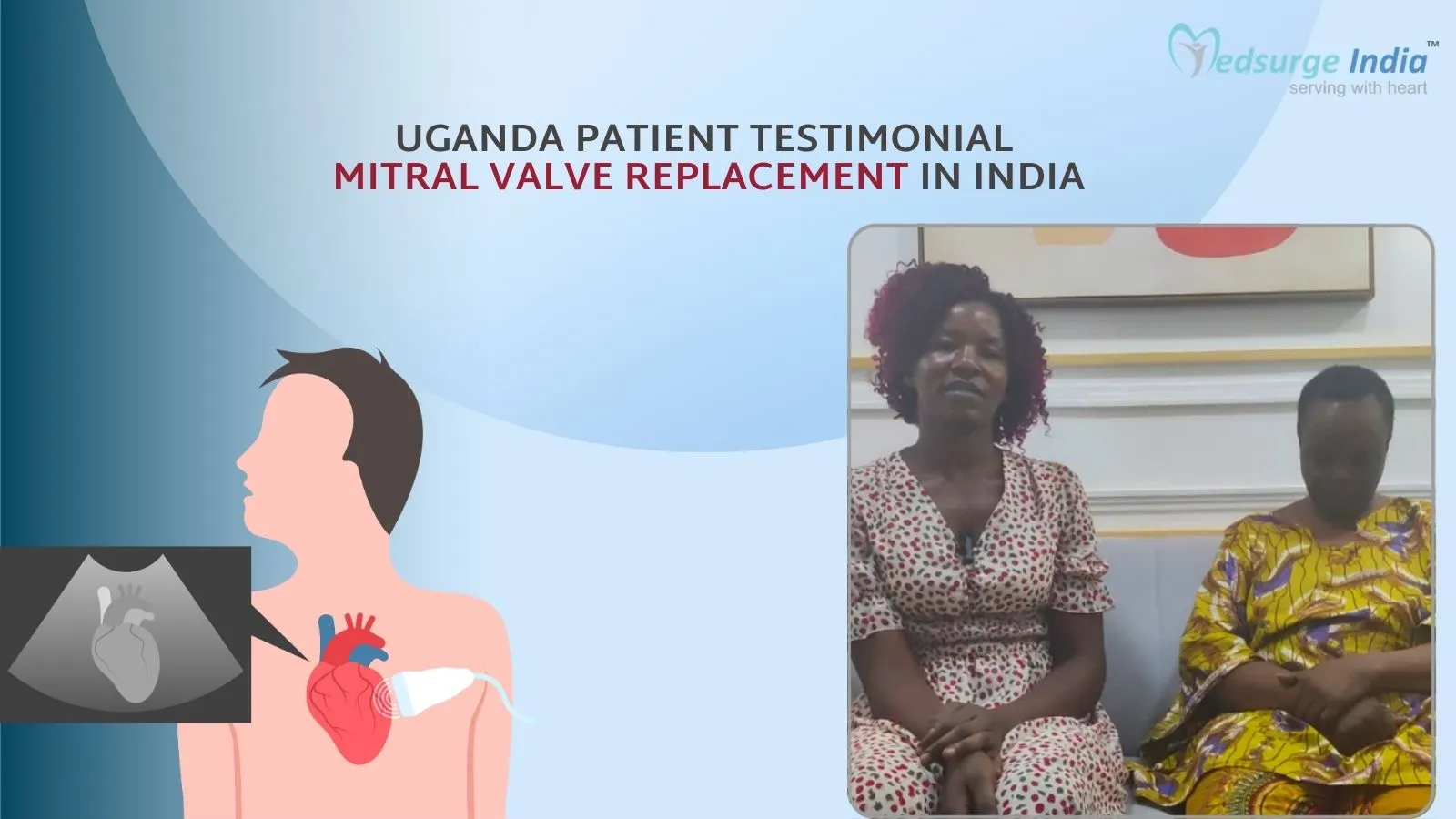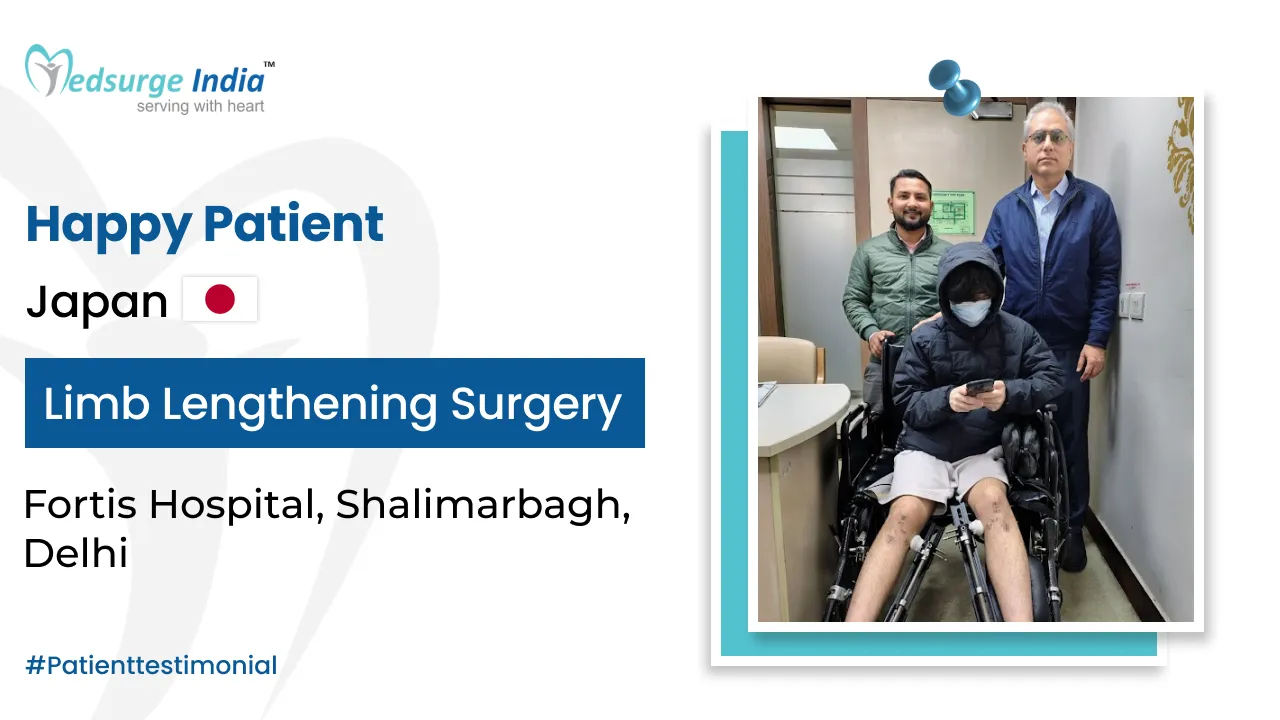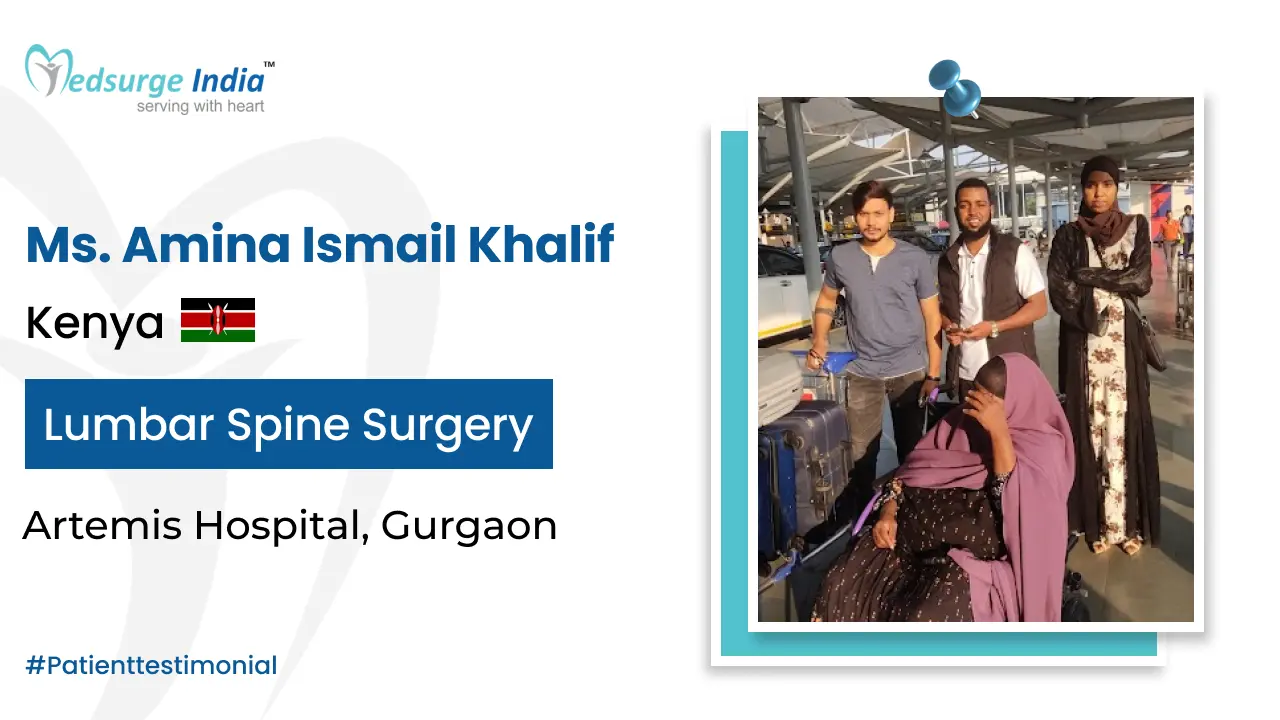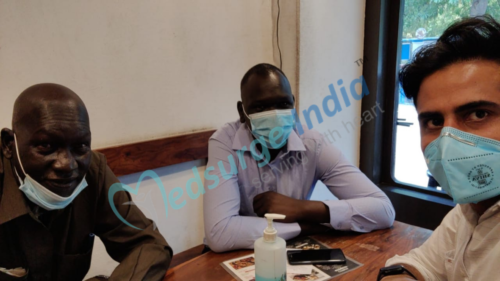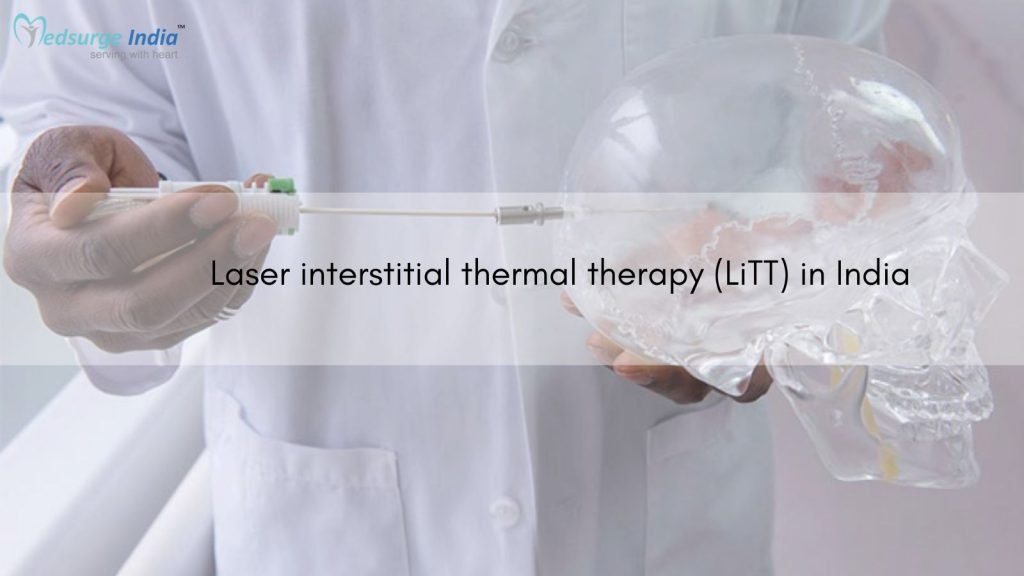
Laser interstitial thermal therapy (LiTT) is a minimally invasive surgery used to treat individuals with drug-resistant epilepsy, which is characterized by seizures that do not respond to medicine.
During Laser Interstitial Thermal Therapy in India, a laser is focused to a specific location of the brain via a thin fiber that is guided to the tumor tissue. The laser transmits energy, which heats the tissue surrounding the laser fiber’s tip. High temperatures can cause irreversible tissue damage, in this case to the
brain tumor.
The Cost of Laser Interstitial Thermal Therapy in India is quite affordable as compared to other developed countries like the United States, the United Kingdom, Australia and Germany. The total treatment cost plan varies as per the severity and location of the hospital chosen by the patient.
What Is Laser Interstitial Thermal Therapy
Laser Interstitial Thermal Therapy is a minimally invasive procedure that allows surgeons to precisely target and kill brain tumor while causing no injury to surrounding healthy tissue. The heat created by an extremely small laser is used to kill cancer cells in a process known as ablation.
Advanced computer imaging techniques are used to place the catheter. With real-time MRI guidance, the laser is directed through the catheter, allowing neurosurgeons to restrict thermal energy delivery to the tumor only. Most patients are able to go home the next day and resume normal activities.
Laser Interstitial Thermal Therapy in India is a non-invasive treatment. It usually just takes a few minutes and only involves a 2-millimeter incision in the scalp.
LiTT can also help patients who have radiation necrosis (tissue death caused by radiation treatment) or who do not react to Stereotactic Radiosurgery in India.
LiTT in India can be used to treat a wide range of tumors, including newly diagnosed and recurrent gliomas, as well as brain metastases (cancer that has spread to the brain from a different part of the body). It is a viable option for those who are incapable of or unwilling to undergo a craniotomy (the standard surgical procedure of cutting through the skull). The benefits of LITT include a smaller incision, a shorter hospital stay, and a speedier recovery. LITT is also used to treat certain types of epilepsy.
What Conditions Are Treated with Laser Interstitial Thermal Therapy in India
1. Primary Brain Tumors or Metastatic Brain Tumors:
If you have been diagnosed with brain tumor, your neurosurgeon may recommend LiTT in India:
- Returned following surgery or radiation therapy
- Located deep into the brain and may otherwise be inoperable
- Is smaller than three centimeters
2. Radiation Necrosis:
Radiation necrosis is a side effect of radiation therapy for a brain tumor that might arise months or years later. It is a type of inflammation that can result in permanent brain tissue loss. It can be difficult to differentiate radiation necrosis from a recurring tumor.
3. Epilepsy –
LiTT in India may be recommended if you are diagnosed with seizures that:
- If resistant to drugs
- Originate from a well-identified region of the brain
How Evaluation for Laser Interstitial Therapy in India is Done?
If you have a suspected brain tumor, your doctor might ask for imaging studies to determine whether LITT is the best option for you. People suffering from epilepsy will be subjected to an epilepsy-specific surgical evaluation approach.
In both circumstances, you will get an MRI, which will be used to map your brain during the LITT procedure. You may also be asked to undergo a pre-anesthesia assessment to confirm that you are physically fit for surgery.
The LiTT Procedure in India may help to reduce the surgical risks associated with common open epilepsy surgery, such as postoperative pain, long recovery times, and cognitive issues after surgery.
Laser Interstitial Thermal Therapy Cost in India
Affordable Laser Interstitial Thermal Therapy Cost in India starts from INR 60,88,000 (73,000 USD). The entire cost of Laser Interstitial Thermal Therapy in India can also vary depending on a number of criteria, such as:
- The package of Laser Interstitial Thermal Therapy in India can depend on the hospital’s preference.
- Doctor’s competence and experience in the subject.
- The patient’s situation: The patient’s disease and whether additional modalities are required for comprehensive treatment.
- Duration of hospitalization and stay for Laser Interstitial Thermal Therapy in India.
- Need for post-operative care.
- Laser Interstitial Thermal Therapy in India prices can depend on the type of hospital and rooms you stay.
Get Free Cost Estimation
Procedure
How Laser Interstitial Thermal Therapy is Performed
Before the Procedure
All medical records and testing, particularly EEGs, brain scans, and neuropsychological tests, will be acquired and reviewed by the surgical team, which may include epileptologists, neurosurgeons, and neuropsychologists. To determine if someone is a good candidate for LiTT, the doctors might ask for additional lab work and imaging.

During the Procedure
This laser therapy is performed in a standard operating room, with patients under general anesthesia (asleep) throughout. A small incision in your scalp and a small hole in your skull are made by the neurosurgeon. The surgeon then guides a catheter (a thin, flexible tube) to the tumor using real-time MRI imaging. The catheter is then threaded with a thin laser fiber until it reaches the target. The tip is then heated to kill tumor cells. The MRI system’s sensors allow the surgical team to monitor brain tissue temperatures, ensuring that the laser only damages malignant cells and not healthy surrounding tissue.
You’ll spend three to four hours in the operating room (traditional surgery takes four to six hours). The majority of that time is spent positioning the laser; the actual treatment takes only a few minutes.
After the Procedure
LiTT in India allows patients to recover far more quickly than standard surgery. Patients who have a craniotomy spend two to five days in the hospital and six to eight weeks recovering. LITT patients can go home the day after the surgery and resume normal activities within two to three weeks.
Conclusion
Laser interstitial Thermal Therapy (LiTT) is a minimally invasive, cytoreductive surgical technique for creating targeted and conformal brain lesions. LITT has become a more realistic surgical procedure as a result of many significant breakthroughs in probe design and the introduction of MR thermometry. LITT is currently well established in the treatment of specific disorders such as recurrent GBM and epileptogenic foci. The data on developing uses of LITT are quite encouraging, with signs of the technique growing. Laser interstitial Thermal Therapy is becoming a common approach for treating brain lesions. LITT may be a better option for lesions that are difficult to access with an open approach, deeper lesions, and patients who may not tolerate open surgery because it is less intrusive.
The Most Important Frequently Asked Questions
Q: What Are the Side Effects of Laser Interstitial Thermal Therapy?
A: Transient and persistent paralysis, cerebral edema, hemorrhage, seizures, and hyponatremia are the most prevalent consequences following LITT.
Q: How Long Does It Take to Recover from Laser Interstitial Thermal Therapy?
A: LITT patients can return home the same day as the surgery and resume normal activities within two to three weeks.
Q: What Is Brain Metastasis Laser Interstitial Thermal Therapy?
A: LITT (laser interstitial thermal therapy) is a new treatment option for primary and metastatic brain tumors that are difficult to reach with traditional surgery. LITT is conducted by inserting a laser catheter into the tumor and heating it to high enough temperatures to kill the tumor.
Q: How Successful Is Laser Therapy?
A: Without invasive surgery or possibly hazardous medicines, laser treatment is a safe and effective way to relieve pain and mend the body. Over 4,000 studies show that laser therapy works, and it has been approved by the Food and Drug Administration (FDA) to treat a variety of illnesses.
Q: What Are the Two Disadvantages of Laser Therapy?
A: Laser therapy can cause misdirected or extremely strong burns, choriocapillaris hemorrhage, damage to the macular and other ocular structures, and Bruch’s membrane rupture.
Top Hospitals for Laser Interstitial Thermal Therapy in India
Top Doctors for Neurology And Neurosurgery
Dr. Rajesh Benny
Consultant
Experience: 18 years of experience
Fortis Hospital, Mulund, Mumbai
Mumbai, India
Dr. Amrithlal. A. Mascarenhas
Consultant
Experience: 21
Manipal Hospital Millers Road formerly Vikram Hospital Bangalore
Dr. Sanjeev Kumar Gupta
Senior Consultant
Experience: 20 years of experience
Kailash Hospital and Heart Institute, Noida
Noida, India
Dr. P. R. Krishnan
Senior Consultant
Experience: 15 years of experience
Fortis Hospital, Bangalore ( Bannerghatta Road)
Bangalore, India
Dr. Geetha Lakshmipathy
Senior Consultant
Experience: 32 years of experience
Apollo Hospitals, Greams Road, Chennai
Chennai, India
Dr. Anand Mohan Thakur
Experience: 10+ years of experience
Max Super Speciality Hospital Dehradun
Dehradun, India
Dr. Kaushik Sundar
Senior Consultant
Experience: 15+ years of experience
NH Rabindranath Tagore International Institute of Cardiac Sciences, Kolkata
Kolkata, India
Dr. Maqsood Ahmed A R
Experience: 24+ years of experience
Manipal Hospital, Mandi Mohalla, Mysore
Mysore, India
Dr. Vikas Gupte
Consultant
Experience: 24 years of experience
Fortis Hospital, Mulund, Mumbai
Mumbai, India
Dr. Anoop Kohli
Senior Consultant , MBBS, MD, DM
Experience: 12 years of experience
Indraprastha Apollo Hospital, New Delhi
New Delhi, India
Dr. Kapil Agarwal
Senior Consultant
Experience: 14 years of experience
Marengo Asia Hospitals Formerly W Pratiksha Hospital, Gurgaon
Gurgaon, India


